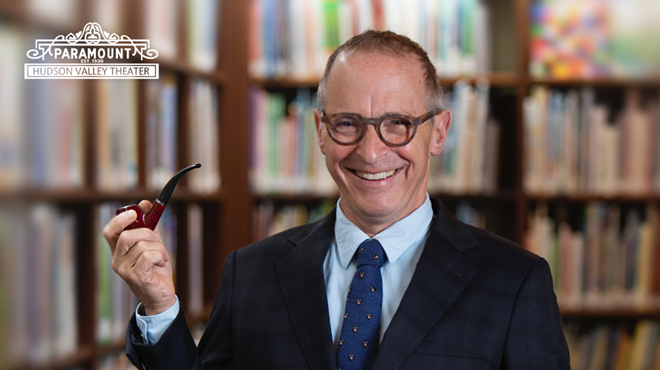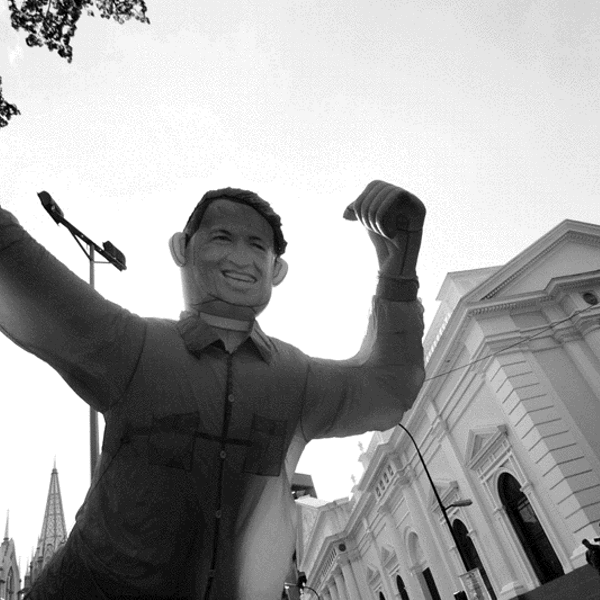In international eyes, Venezuela’s biggest problem is security. Despite the coup attempt and the often-bloody protests that have rocked the country in recent years, common street crime is a big problem. In most towns and cities, it is unwise to venture out after nightfall. In Cuidad Bolivar, for example, the walk along the Orinoco River in this bustling town of several hundred thousand is tightly packed during daylight hours with shoppers, street vendors, shop employees venturing out to reel in potential customers, and armed security guards. By the evening hours, the street is eerily deserted, with only a Chinese restaurant or hot dog stand still open here or there, and almost no pedestrians.
But that assessment merely scratches the surface. Crime is not a problem because Venezuelans have little regard for the law, though that is often the case. According to Fernando Nocua, “The [lack of] security, the criminality, have to do with the economic situation.”
And the signs of the poor economy are everywhere. In Caracas, the vast shantytowns clinging to the hills around the city are strangely beautiful from the outside, but the endemic violence and poverty within puts them off-limits to outsiders, Venezuelans and foreigners alike. Millions of people, equivalent to as much as 10 percent of the country's population, are unemployed. This sector comprises unlicensed street vendors, hawkers, and the near-beggars who board buses at terminals and toll booths in hopes of collecting something for the snacks or trinkets they offer.
Signs of Collapse
Grander signs of collapse are visible throughout the country, and incomplete construction projects stand idle. One of the most glaring examples of this is the sad state of the highway from Puerto Ayucucho along the upper Orinoco, which marks the border with Columbia in the southern state of Amazonia, to San Fernando de Apure, the only town of any size in the vast expanse of the southern plains. This road is barely passable. Many kilometers of it are almost hopelessly rutted and potholed, forcing the rickety buses that ply the route to come to a near standstill and creep through small stretches of road. Three river crossings along the way have no bridges. While it makes sense for the mighty Orinoco to be crossed by ferry, the vast river has only one bridge across its entire length: downstream at the more important Ciudad Bolivar. Bridges have been started in two places, but only a handful of standing pylons and piles of others rusting on the banks are to show for it. Instead, metal canoes with outboard motors push ferries across in both spots.
The security problem has its roots in the faltering economy but the economic strains also have a deeper cause. While the recent devastating coup and strike can be blamed for economic shortcomings, or the corruption that has long plagued Venezuela’s government, most observers blame one factor: the lack of education.
“It’s like a circle,” says Nocua. “Why? Because you don’t have a better economy because you don’t have the right people to make the economy better, but you don’t have the right people because you don’t have a good economy.” Asked what would break that circle, Nocua answers: “education”.
Ambitious projects have been undertaken by the government in the years since Chavez took office, with most seeking to address the education problem. Plan Robinson, for example, seeks to raise the literacy rate to 100 percent. To achieve this goal, 1 million Venezuelans will need to be taught to read and write. Plan Ribas addresses higher education, seeking to help Venezuelans achieve bachelor’s degrees and placements with firms such as the state oil giant pdvsa. Intermediate steps are taken through the Escuela Bolivariana (Bolivarian School) project, which is intended to reform elementary education throughout the country.












